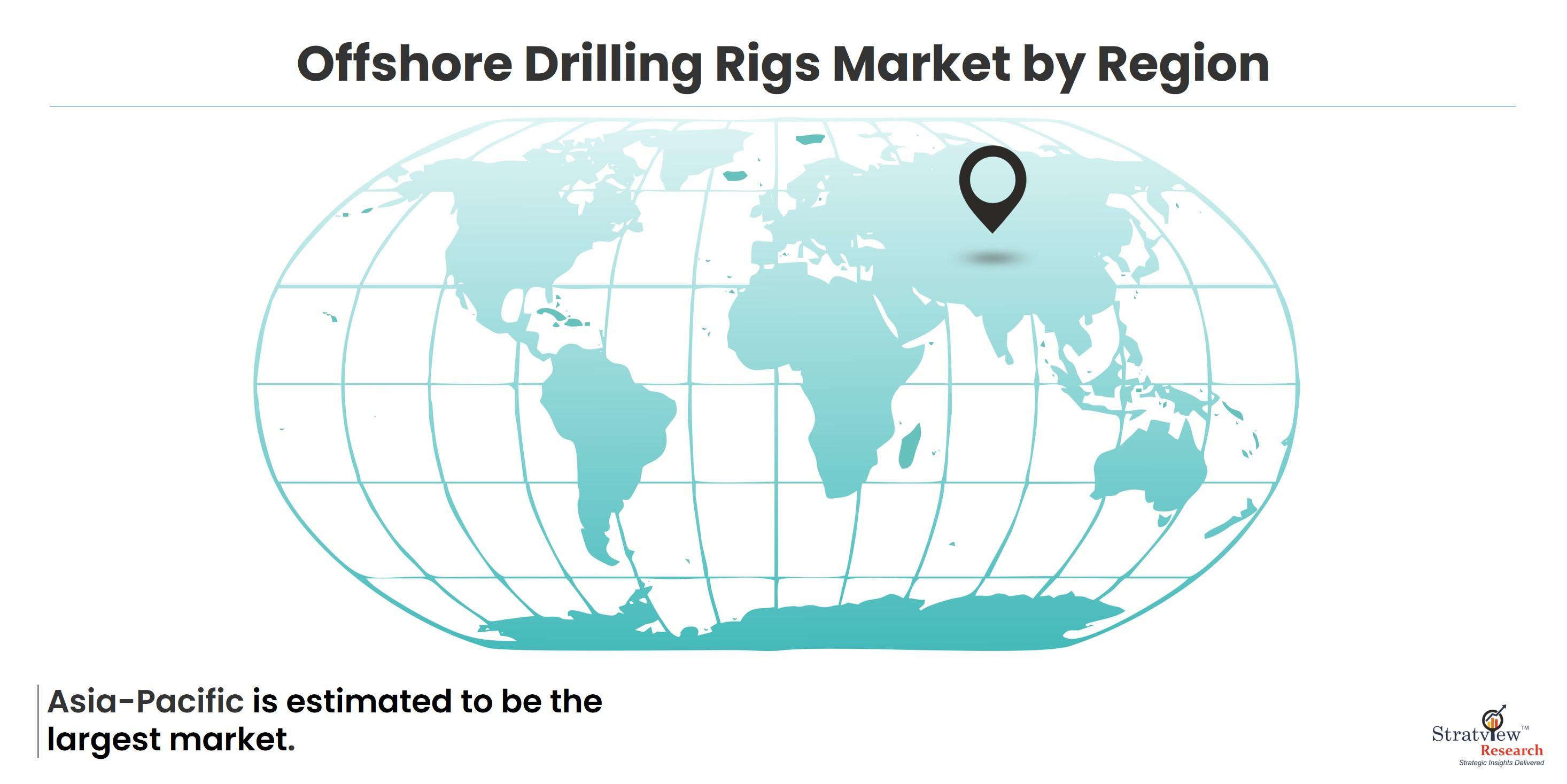According to Stratview Research, the offshore drilling rigs market was estimated at USD 105.68 billion in 2022 and is likely to grow at a CAGR of 8.81% during 2023-2028 to reach USD 176.43 billion in 2028.
The offshore drilling rigs market stands as a critical cornerstone of the global energy industry, facilitating the exploration and extraction of hydrocarbon resources from beneath the ocean floor. As the world's demand for energy continues to grow, the offshore drilling sector remains pivotal in meeting this need. This article sets sail into the depths of the offshore drilling rigs market, uncovering its complexities, trends, challenges, and opportunities.
Understanding the Offshore Drilling Rigs Market:
Offshore drilling rigs serve as the backbone of offshore oil and gas exploration and production activities. These specialized structures are deployed in vast oceanic expanses to access hydrocarbon reservoirs located beneath the seabed. The market encompasses various types of drilling rigs, including jack-up rigs, semi-submersible rigs, drillships, and platform rigs, each tailored to specific offshore environments and operational requirements.
Trends Driving Market Growth:
Several key trends are shaping the offshore drilling rigs market:
Technological Advancements: The industry is witnessing a surge in technological innovation, with advancements in drilling equipment, automation, and digitalization enhancing operational efficiency, safety, and productivity.
Deepwater Exploration: As shallow-water reserves become increasingly depleted, the focus is shifting towards deepwater and ultra-deepwater exploration, driving demand for advanced drilling rigs capable of operating in challenging offshore environments.
Renewed Investments: Despite fluctuations in oil prices and environmental concerns, renewed investments in offshore exploration and production projects, particularly in regions like the Gulf of Mexico, Brazil, and West Africa, are driving market growth.
Environmental Sustainability: Heightened environmental awareness and regulatory pressures are prompting industry stakeholders to adopt sustainable practices and invest in cleaner energy alternatives, influencing the development of eco-friendly drilling technologies.
Challenges and Opportunities:
While the offshore drilling rigs market presents lucrative opportunities, it also faces several challenges:
Volatility in Oil Prices: Fluctuations in oil prices can significantly impact investment decisions and project economics, leading to periods of market uncertainty and reduced exploration activity.
Regulatory Compliance: Stringent environmental regulations and permitting requirements pose challenges for offshore drilling operators, necessitating adherence to strict safety and environmental standards.
Operational Risks: Offshore drilling operations are inherently complex and pose various operational risks, including technical failures, equipment malfunctions, and weather-related hazards, requiring robust risk management strategies.
Market Competition: Intense competition among drilling contractors and service providers can exert downward pressure on day rates and profit margins, requiring companies to differentiate themselves through innovation and operational excellence.
Conclusion:
The offshore drilling rigs market remains a vital component of the global energy landscape, playing a crucial role in meeting the world's growing demand for hydrocarbon resources. Despite facing challenges such as fluctuating oil prices, regulatory hurdles, and operational risks, the market continues to evolve, driven by technological innovation, renewed investments, and a shift towards sustainable practices.
As industry stakeholders navigate the depths of the offshore drilling rigs market, adaptability, innovation, and strategic partnerships will be key to unlocking growth opportunities and ensuring long-term success in an ever-changing and dynamic environment.
